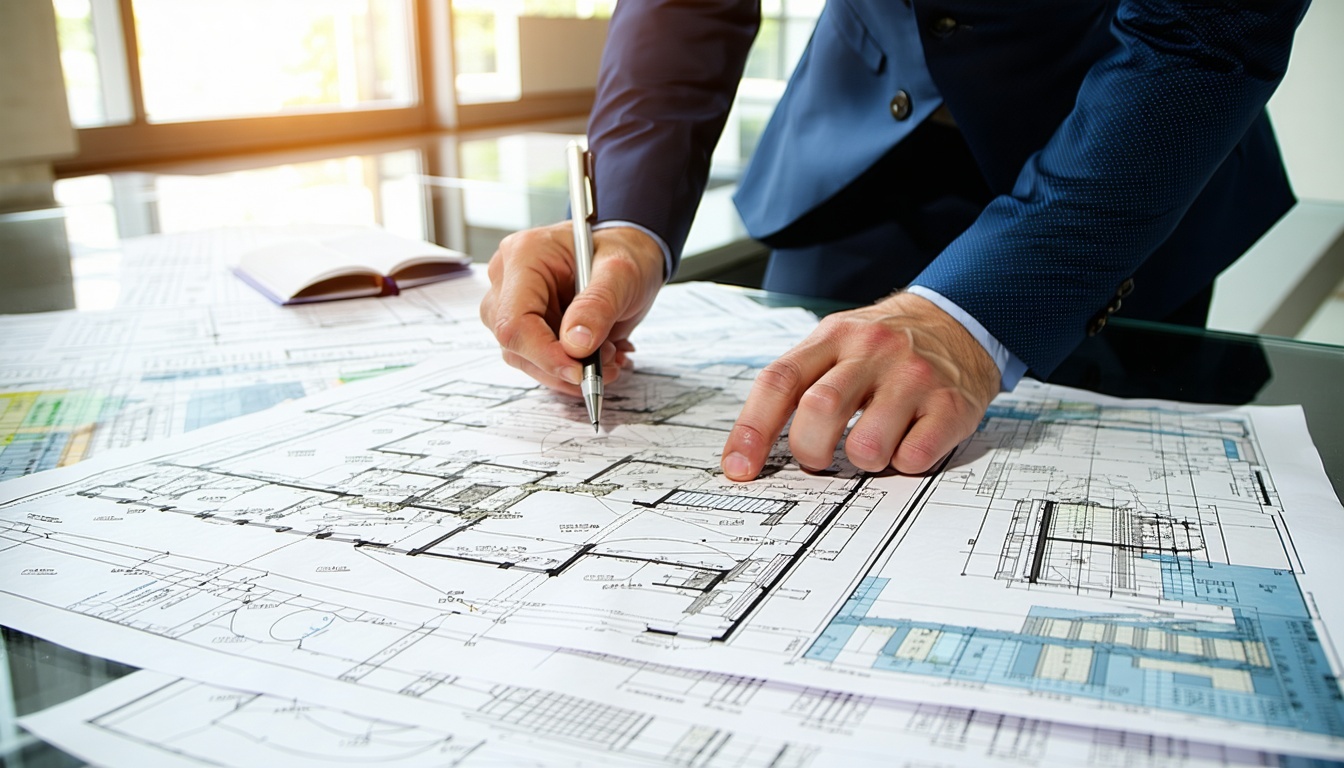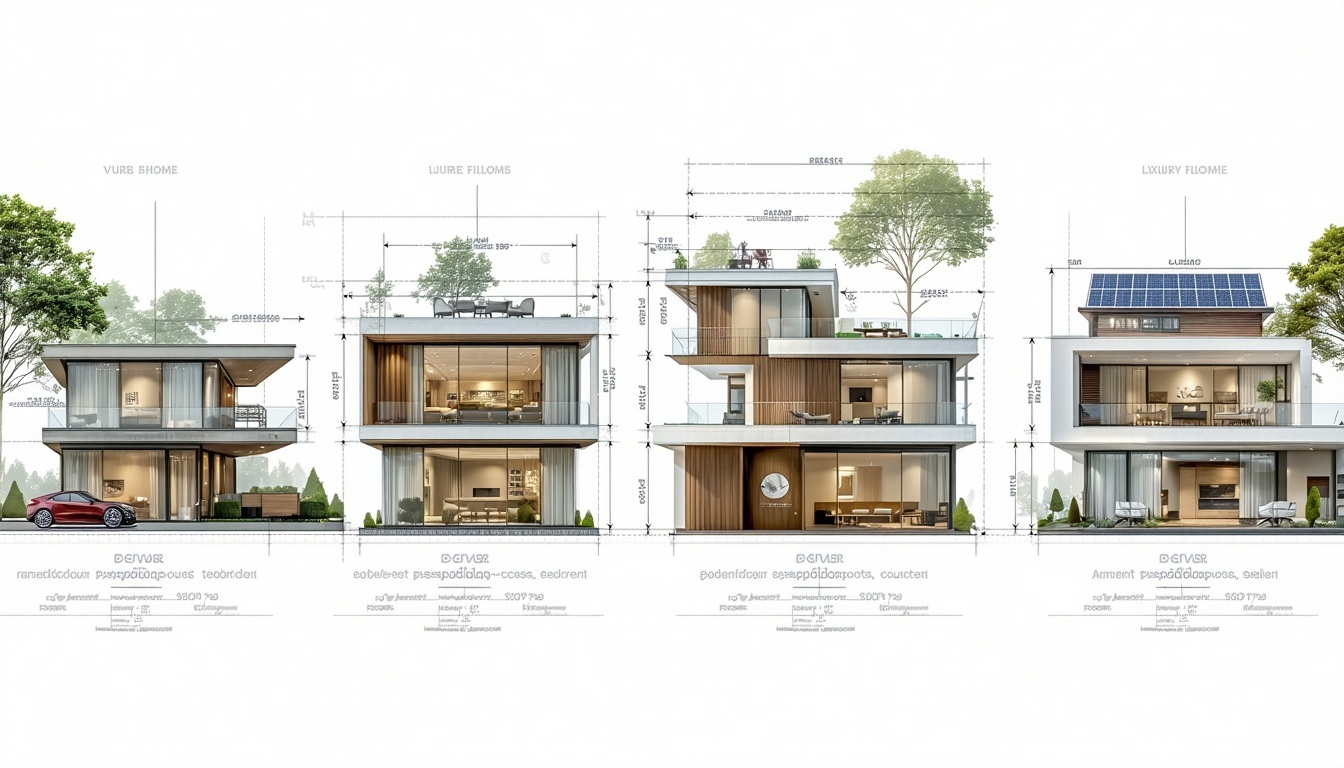Understanding the variables that affect the cost of VURB assessments can help you budget more effectively for your construction project. Discover what influences these costs and ensure you get an accurate quote.
Size and Complexity of the Design
The size and complexity of your building design are primary factors that influence the cost of a VURB assessment. Larger projects with intricate designs require more time and resources to evaluate, leading to higher costs. For instance, a single-storey home will generally be less expensive to assess compared to a multi-storey, split-level home with complex architectural features.
The complexity can also include unique design elements, such as multiple roof types, varying floor levels, and custom structural components. Each of these aspects requires additional analysis and time, thereby increasing the overall cost.
Amount of Glazing and Window Configuration
The amount and configuration of glazing in a building significantly affect the cost of a VURB assessment. Buildings with extensive glazing or complex window configurations need detailed thermal performance evaluations, impacting the overall cost.
For example, a home with large, floor-to-ceiling windows or skylights will require more in-depth analysis compared to a home with standard-sized windows. The orientation and type of glazing material also play a role in the assessment process, adding to the cost.
Number of Software Models Required
Different projects may require multiple software models to accurately assess various aspects of the building's performance. The more models required, the higher the cost of the assessment.
A simple residential project might only need one or two models, while a complex commercial building could need several to evaluate aspects such as energy efficiency, thermal comfort, and daylighting. Each additional model adds to the time and resources needed, thus increasing the overall cost.
Quality and Completeness of Supplied Documentation
The quality and completeness of the documentation you provide can greatly influence the cost of a VURB assessment. Incomplete or poorly detailed plans require additional time to interpret and may necessitate further clarifications, leading to increased costs.
For instance, providing well-detailed architectural drawings, specifications, and material lists can streamline the assessment process, reducing the time and effort required, and thereby the cost. Conversely, missing or vague information will lead to higher costs due to the extra work involved in obtaining and verifying the necessary details.
Project Location and Urgency of Turnaround
The location of your project and the urgency of the required turnaround time can also impact the cost of a VURB assessment. Projects in remote areas may incur additional travel costs, while those with tight deadlines might require expedited processing, both of which can increase the overall cost.
For example, a project located in a metropolitan area with standard turnaround times will generally be less expensive compared to a rural project requiring a fast-track assessment. Urgent assessments often require prioritising over other projects, necessitating overtime and additional resources, which contribute to higher costs.







